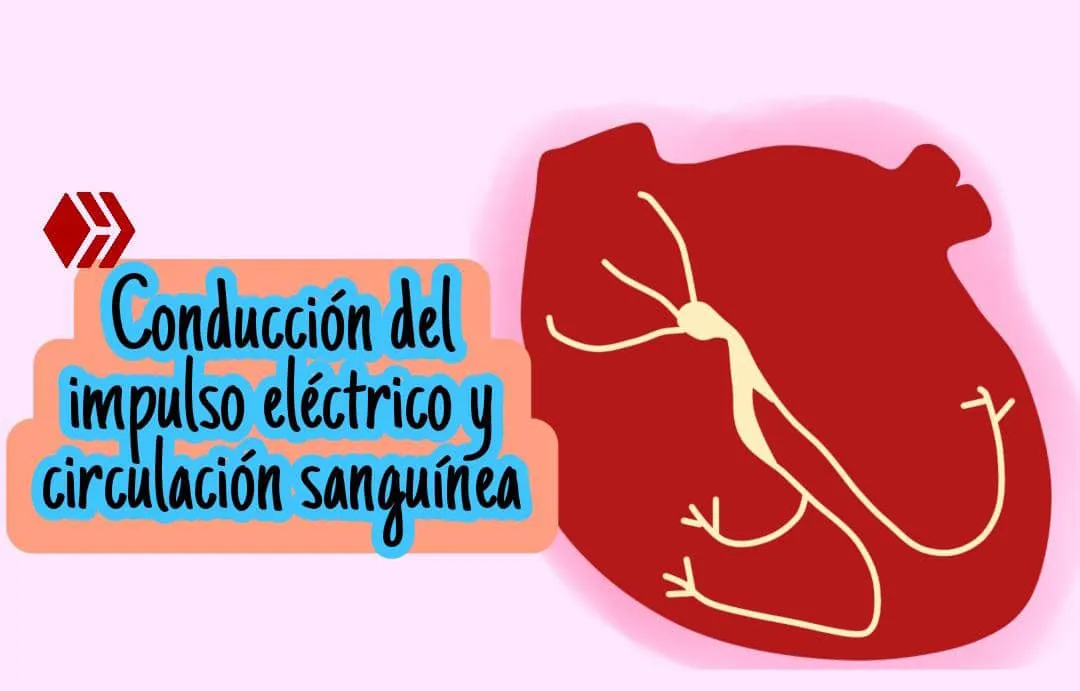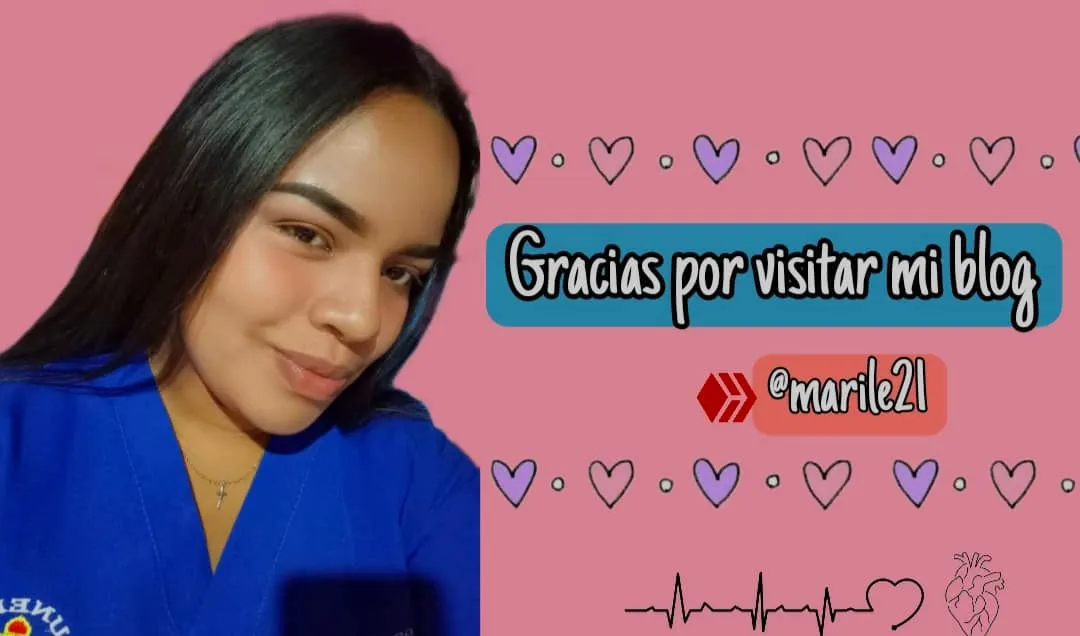
El corazón posee un sistema generador de impulsos eléctricos gracias a las fibras de conducción se puede generar cada latido cardiaco, cabe destacar que este impulso eléctrico se expande por todo el corazón generando así la contracción del musculo cardiaco, a su vez es un proceso automático.


Este sistema de conducción se compone de fibras musculares y nódulos uno de ellos es el nódulo sinusal lo podemos ubicar en la aurícula derecha y es conocido como el marcapasos natural del corazón, el siguiente es el nódulo auriculoventricular lo ubicamos entre la aurícula y ventrículo derecho, a partir de este se ubica el haz de his el cual se divide en dos partes, una de las ramas de divide en dos ramas más y allí se encuentran las fibras de Purkinje el cual permite enviar el impulso eléctrico a todo el miocardio.

Ahora bien, existen dos tipos de circulación, la sangre pobre en oxigeno procedente del resto del cuerpo se transporta desde el corazón hasta los pulmones allí es donde ocurre el intercambio gaseoso la sangre se oxigena y retorna al corazón a esta se denomina circulación menor, una vez que es oxigenada desde el corazón se distribuye por todo el cuerpo a ella le denominamos circulación mayor.

Todos estos procesos son esenciales y necesarios para el correcto funcionamiento del musculo cardiaco.

ENGLISH
The heart has a system that generates electrical impulses, thanks to the conduction fibers, each heartbeat can be generated, it should be noted that this electrical impulse expands throughout the heart, thus generating the contraction of the cardiac muscle, in turn it is an automatic process.
This conduction system is composed of muscle fibers and nodules, one of them is the sinus node, we can locate it in the right atrium and it is known as the natural pacemaker of the heart, the next is the atrioventricular node, we place it between the atrium and right ventricle, From this, the bundle of his is located, which is divided into two parts, one of the branches is divided into two more branches and there are the Purkinje fibers, which allows the electrical impulse to be sent to the entire myocardium.
Now, there are two types of circulation, the oxygen-poor blood from the rest of the body is transported from the heart to the lungs, where the gas exchange occurs, the blood is oxygenated and returns to the heart, this is called minor circulation, a Once it is oxygenated from the heart, it is distributed throughout the body, we call it major circulation.
All these processes are essential and necessary for the proper functioning of the heart muscle.

La información que acabas de leer es de mi aprendizaje en la carrera de T.S.U en enfermería - The information you just read is from my learning in the career of T.S.U in nursing.
The images are my property and were edited in @PicsArt. The separator is my property. - The images are my property and were edited at @PicsArt. The separator is my property.
Traducción de: Google traductor - Translation of: Google translator.
Referencias: Apuntes de anatomía humana Parramón ediciones 2007. - References: Notes on human anatomy Parramón editions 2007.
Información valiosa que puedes consultar


Diseño creado en @PicsArt. - Design created in @PicsArt.

